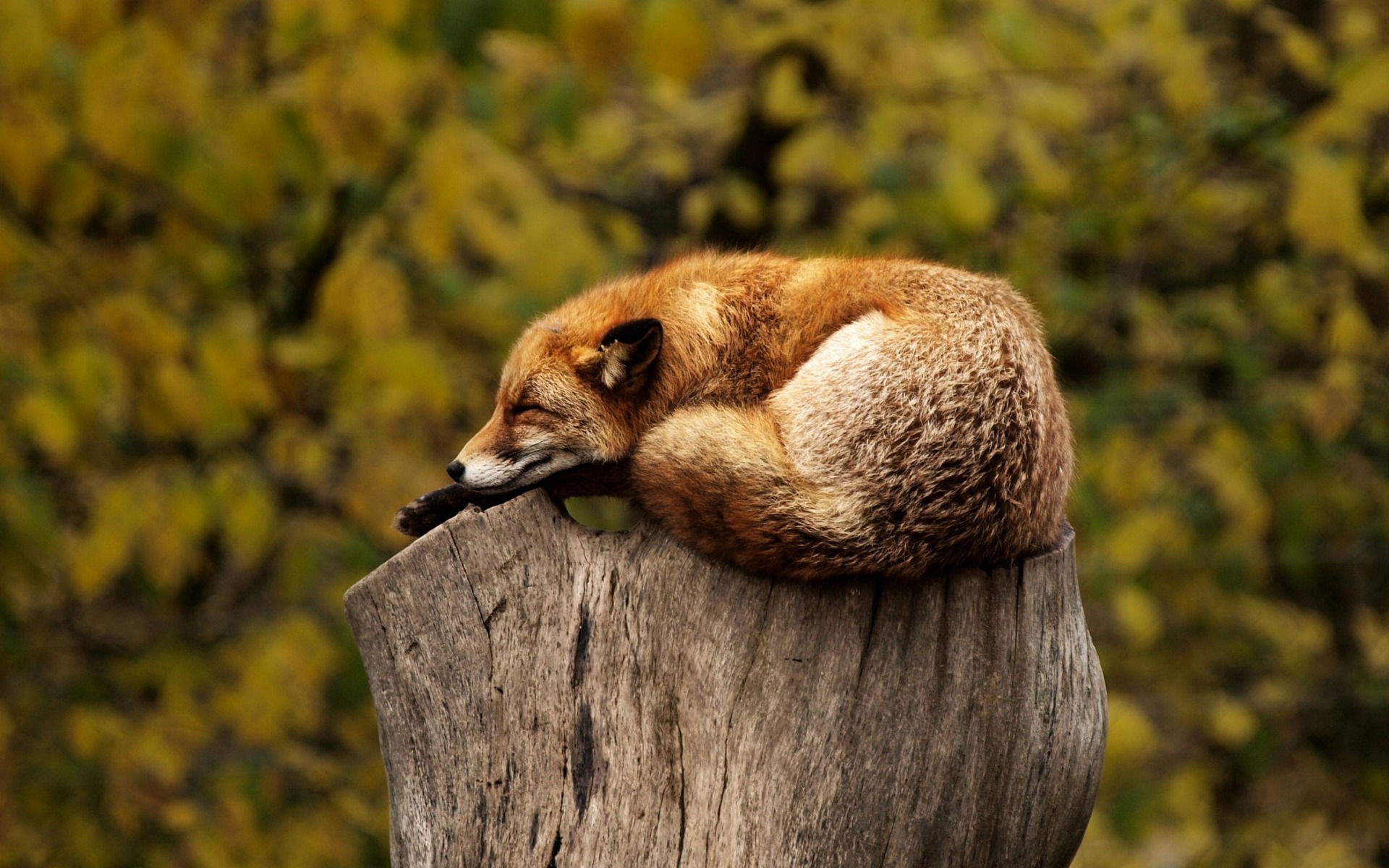Understanding the Intricate Social Lives of Prairie Dogs
Prairie dogs, small burrowing rodents native to North America's grasslands, lead complex, social lives that rival those of primates. Their intricate societies, communication abilities, and cooperative behaviours have fascinated scientists and animal enthusiasts alike. This article delves into the captivating world of these charming creatures, offering insights into their social structure, communication techniques, and survival strategies.
The Social Fabric of Prairie Dog Communities
The social lives of prairie dogs are built around family units known as coteries. A coterie typically comprises an adult male, one or more adult females, and their offspring. Several coteries make up a prairie dog town, with populations varying from a few dozen to several hundred. This social structure is essential for the survival of these ground-dwelling animals, offering protection against predators and facilitating cooperative behaviours like burrow maintenance and childcare.
Prairie Dog Communication: More Than Meets the Eye
Prairie dogs have developed a sophisticated communication system to navigate their social and environmental challenges. They use a variety of vocalizations, body postures, and signals to convey messages within their community. Scientific studies have revealed that their high-pitched calls can distinguish between types of predators, their sizes, colours, and even their speed of approach. This advanced ‘vocabulary’ is a testament to the cognitive abilities of these small rodents.
The Role of Altruism in Prairie Dog Societies
Altruism, a behaviour where individuals put themselves at risk for the benefit of others, is a significant feature of prairie dog societies. When a predator approaches, one prairie dog will stand erect and emit a warning call, alerting others to the danger while drawing attention to itself. This altruistic behaviour underscores the importance of communal welfare in these complex societies.
The Impact of Prairie Dogs on Ecosystem Health
Prairie dogs play a vital role in maintaining the health and diversity of grassland ecosystems. Their burrowing activities aerate the soil, increasing water infiltration and nutrient cycling, which promote plant growth. Moreover, their colonies provide shelter and food for a variety of wildlife species. Despite their ecological importance, prairie dog populations have declined due to habitat loss and extermination efforts, raising concerns among conservationists.
The Intriguing World of Prairie Dogs: A Call for Conservation
The intricate social lives of prairie dogs, their advanced communication capabilities, and their ecological importance underscore the need for their conservation. Efforts are underway to protect and restore prairie dog colonies, but much work remains. Understanding and appreciating these fascinating creatures is the first step towards ensuring their survival for generations to come.
In conclusion, prairie dogs are much more than simple burrowing rodents. Their complex societies, remarkable communication systems, and essential ecological roles make them an intriguing subject for animal enthusiasts and conservationists alike. Their story serves as a reminder of the hidden depth and beauty in the natural world around us, waiting to be discovered and protected.





